Here are some questions I used to always ask myself, maybe you can relate to them…
- Why can I not get in the shape I’ve always dreamed of?
- I’m trying really hard, working out regularly, dieting etc., why is it not working?
- Why is it so difficult to shift the last bit of fat?
Now, ask yourself this:
Can a squirrel lose weight in autumn, or a bear or any creature that needs to survive winter no matter how active they get?
These creatures whizz around and are extremely active in autumn, yet STILL pile on weight because of one thing.
Their food environment changes.
The harvest arrives and this invokes primal instincts and they have no choice but to gain weight. You’ve heard the phrase “you cannot out-run a bad diet.” Well, their diet isn’t bad per se, as it is natural and helps them to survive the winter…
THEY CANNOT OUT-RUN AUTUMN
With this in mind, examine at our food environment…
In our world, harvest foods are eaten all day everyday (cereals, breads, pasta, potatoes, rice etc. eaten in every meal along with sugary snacks) and worse, we’re told to eat them as the major part of our diets (up to 65%)!!! The bottom two layers of the food pyramid are heavily laden with harvest foods from orange juice and bananas to cereals and potatoes.
Finally, think about the obesity problems the world faces… we’re crippled with problems related to weight and a huge number of people constantly losing their battle. We get frustrated each time we try, and suffer because it’s calorie deficit based, yet we still eat autumnal foods torturing ourselves and then typically we suffer from a rebound and lose hope (I was that soldier). Huge industries respond to the despair of people offering quick fixes, but it’s impossible to solve this until we get to the root of the problem and recognise the cause.
I believe the problem is rooted in the fact that we live in an artificial infinite autumn and no amount of activity can fix it. I certainly could not out-train my diet, but it was because I didn’t know any better…
If a squirrel can’t lose weight in autumn (eating naturally), and they’re active all day long, how do we expect to lose weight especially given we are very inactive in general (a lot of us have desk jobs and sit when we get home and watch TV). Even if you workout for an hour or two a day, eating autumnal foods (and processed derivatives) all the time will hold you back. This was certainly the case for me and I believe it is generally the case for most people who find it difficult to lose weight.
YOU CANNOT OUT-RUN THE INFINITE AUTUMN
My personal case was that I trained extremely hard. I climbed a local mountain twice or three times a week, lifted kettle-bells like a mad man AND lifted weights, I was constantly active and even won a european and world kettlebell title, yet never got into the shape I thought I should be rewarded with for all these efforts (see pic on left below, which was not too bad I know). I was on a stone age diet but wasn’t considering the seasons (I was eating things like nuts and dates in protein balls and other autumnal combos). As soon as I discovered the DEFoW concept, and avoided autumnal food combos, the last bit of weight I was holding on to melted off. I had finally found a sustainable approach to diet and I got excited about the approach and wrote Don’t Eat for Winter soon after to share the concept.
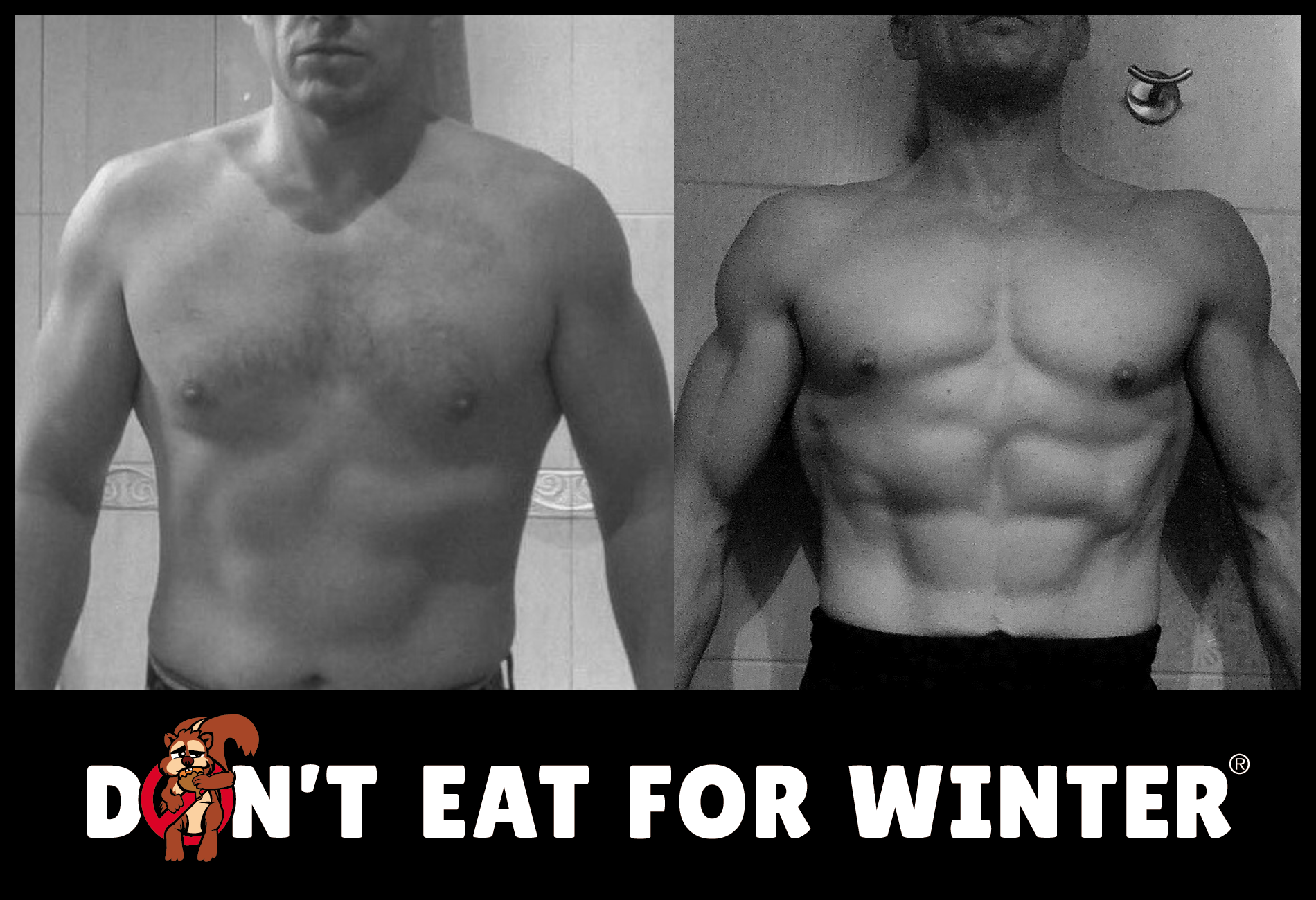
The key to success
I remember calorie restriction diets, I was still eating foods that caused autumnal gorge instincts but I had to try overcome the urge to eat with willpower and that resulted in misery because you’re battling with yourself and it eventually results in a rebound. Eating non-autumnal food combos means satisfaction and no inner struggle, resulting in sustainability. The key to success.
Nothing will change in any meaningful way while we continue with the same patterns… we need to address the route of our struggle with weight loss and I believe it is the fact that we live in this Infinite Autumn.
The definition of madness is doing the same thing over and over and expecting different results.
Try avoiding autumnal foods most of the time and spring into your summer body like I did… Maybe start with cutting out one autumnal meal (e.g. cereal, sandwich or heavy dinner, with something less autumnal).
Here’s some example foods to avoid the autumnal combos to get you started.
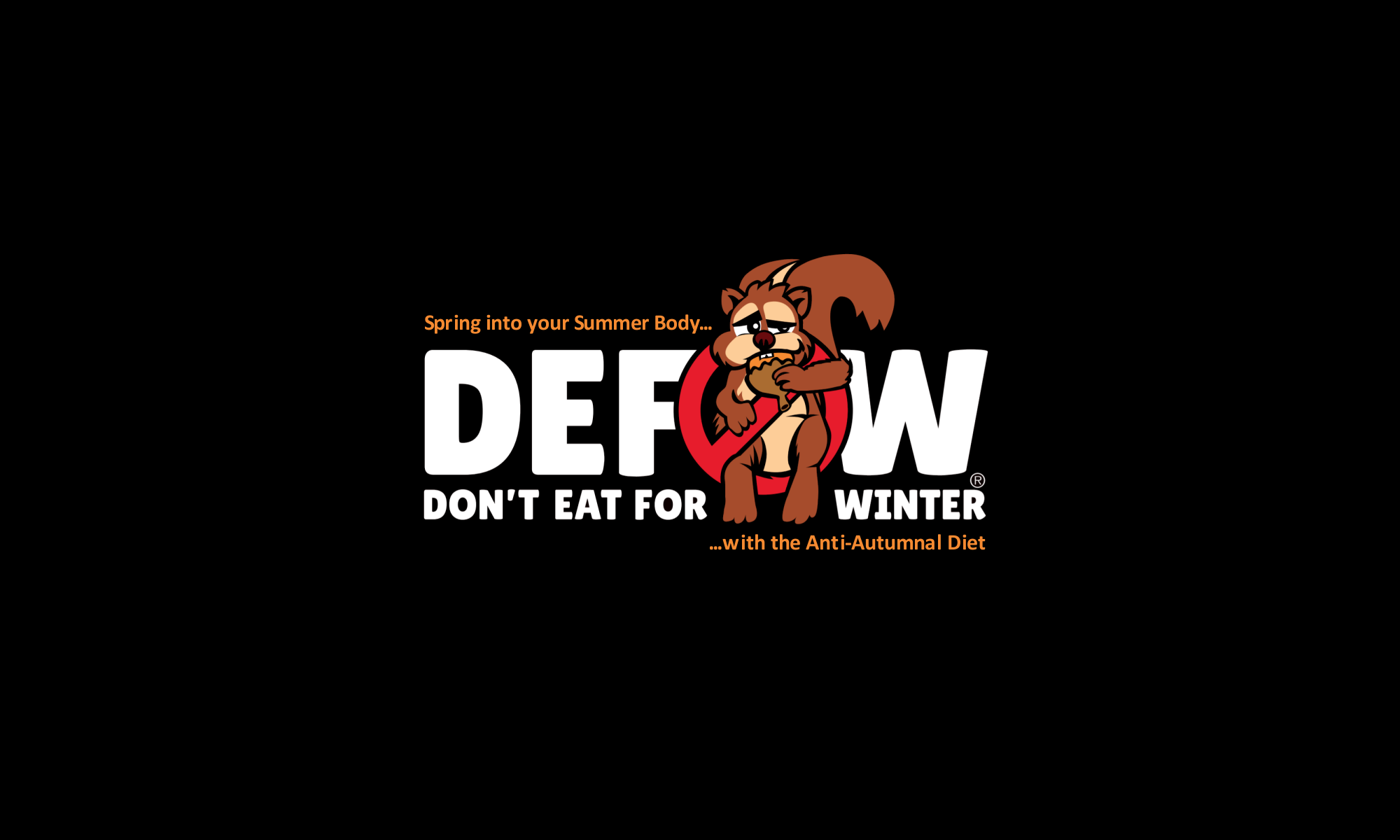
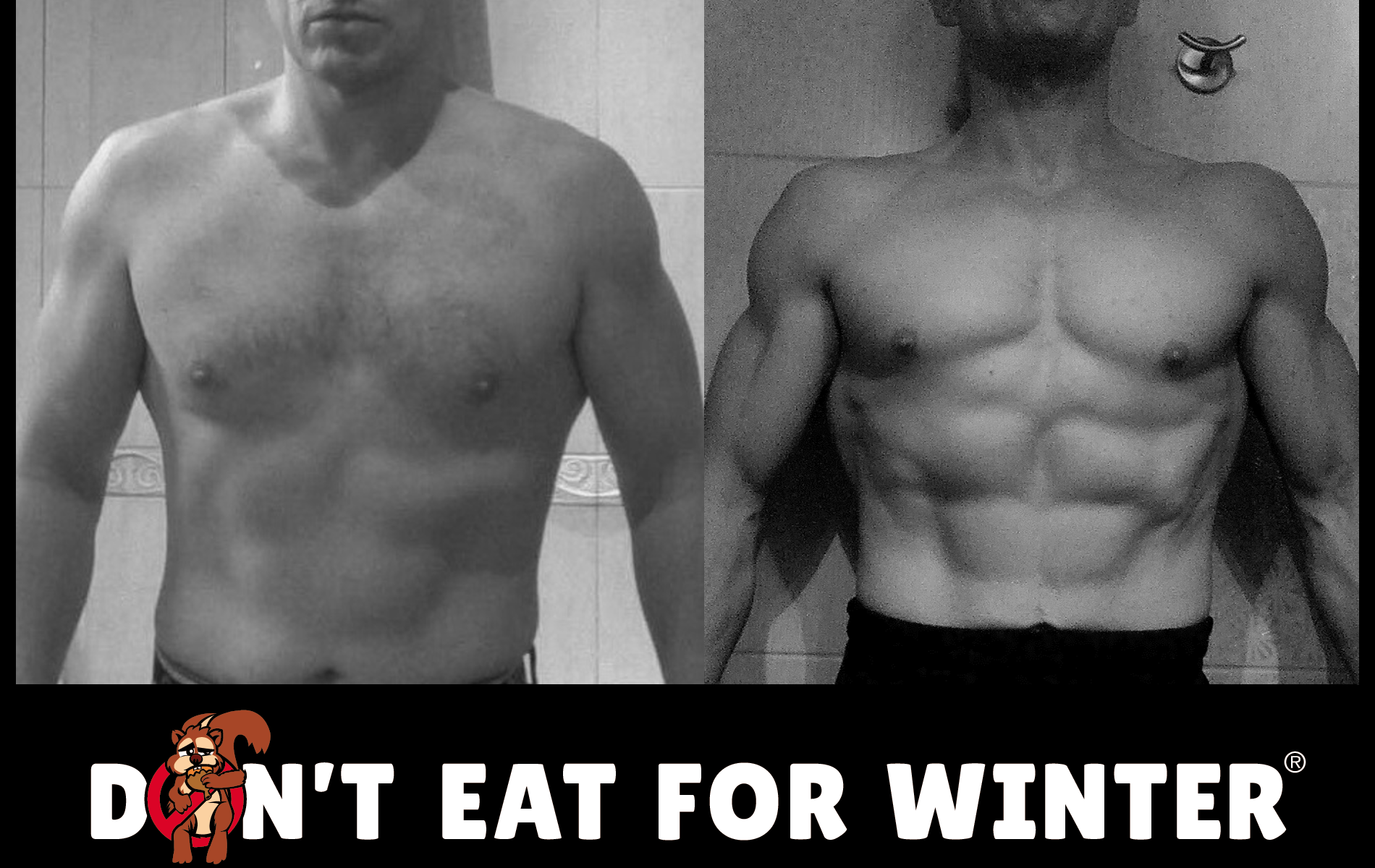
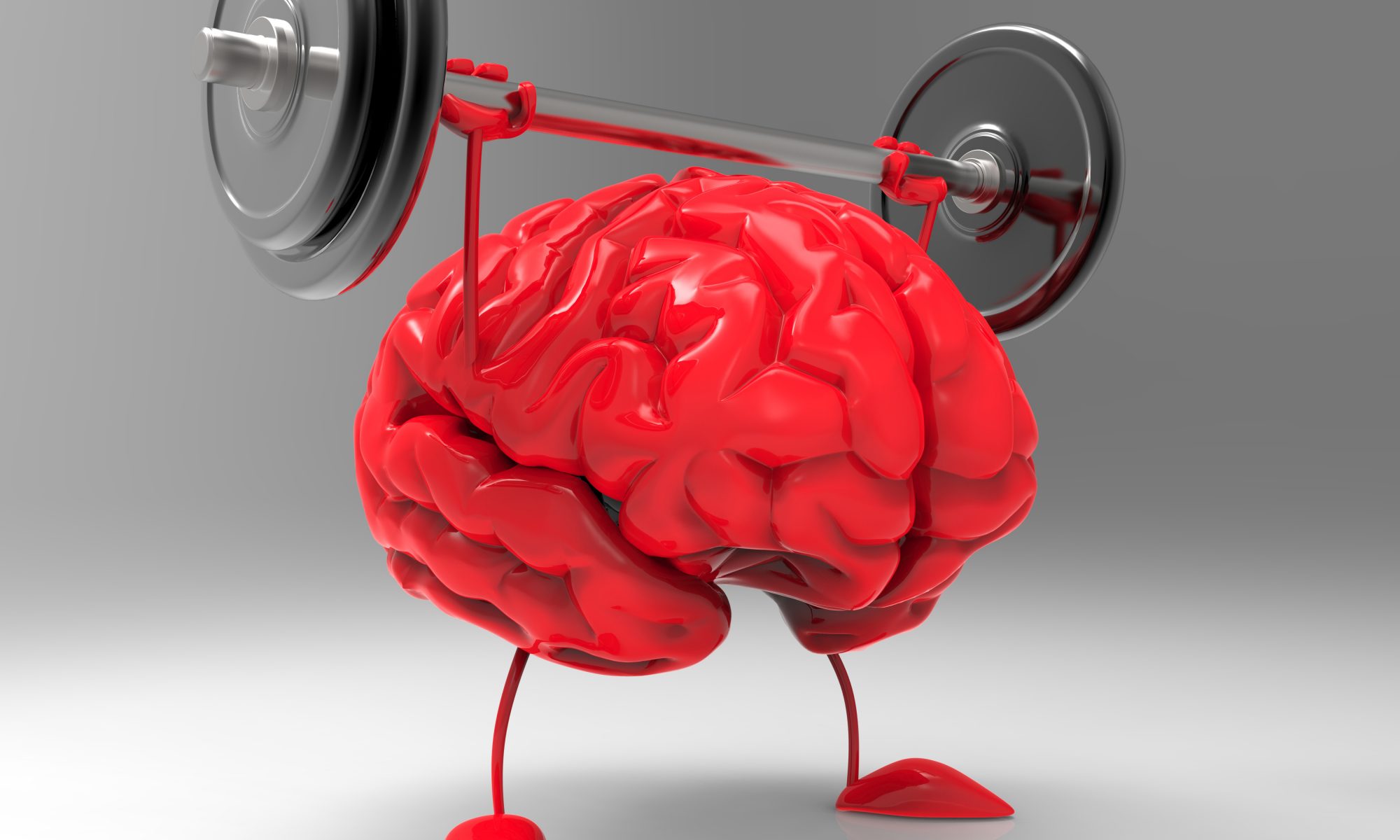
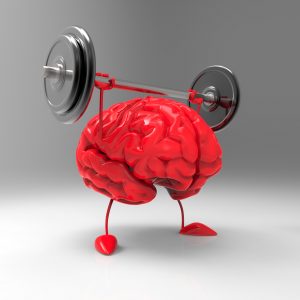 The best exercise to lose
The best exercise to lose 
 None of us should be overly concerned with how we look, our health should be the number 1 goal, but hey, most of us wouldn’t mind a few weeks of eating healthily to trim up for summer after a long winter and maybe one too many Easter eggs.
None of us should be overly concerned with how we look, our health should be the number 1 goal, but hey, most of us wouldn’t mind a few weeks of eating healthily to trim up for summer after a long winter and maybe one too many Easter eggs.